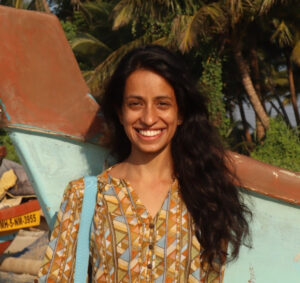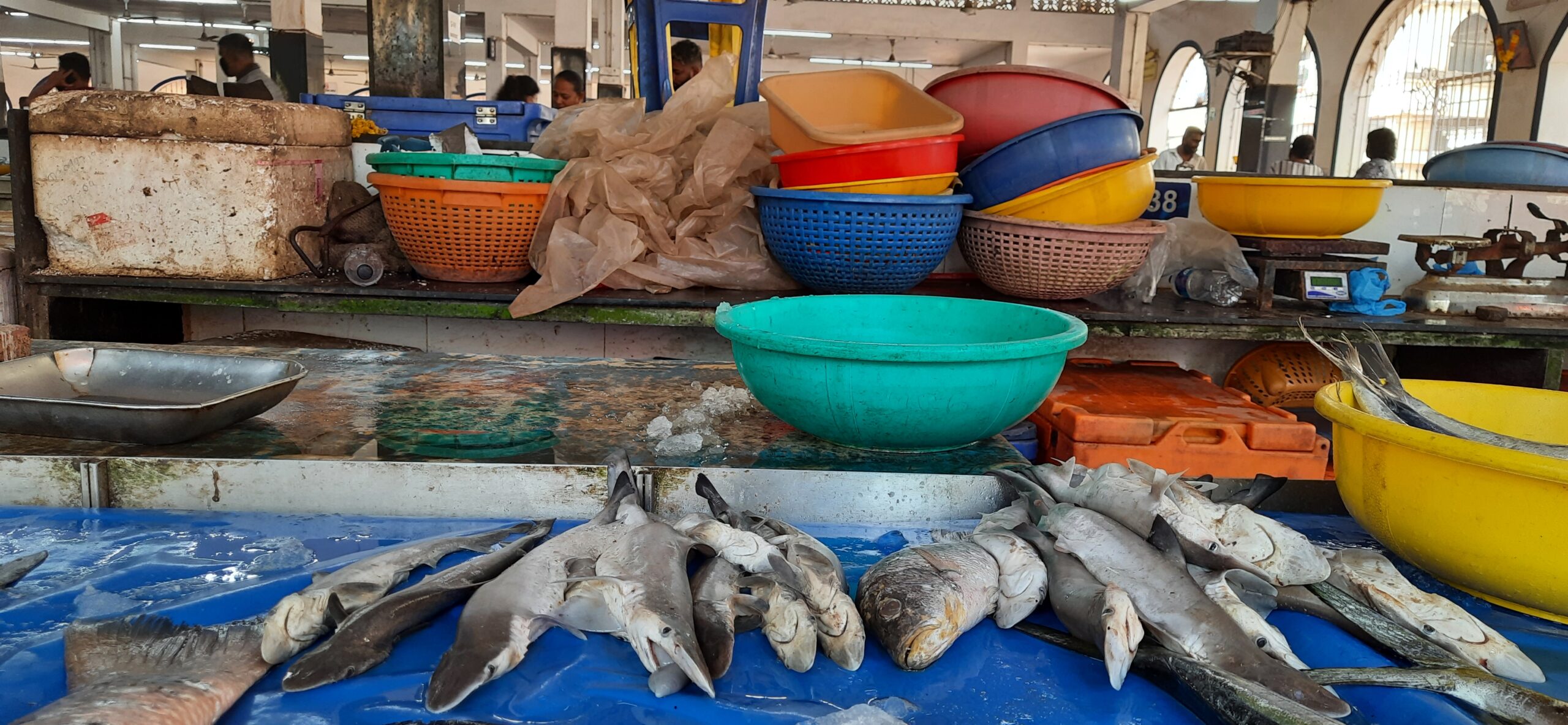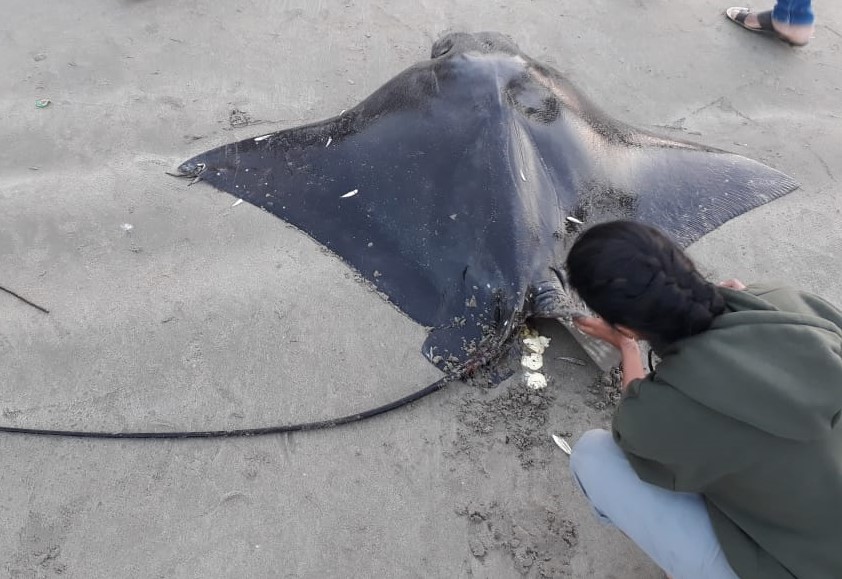University of Oxford
11a Mansfield Rd
OX1 3SZ
UK

Trisha Gupta
Background
Soon after my masters, an internship on fisheries in the west coast of India exposed me to the real world of conservation. I realised that it’s not just about saving marine organisms but also about the lives of coastal communities interacting with and dependent upon the ocean. My interests then expanded to understanding some of these multidimensional problems and their solutions. While it can be challenging work, I do get to spend a lot of time in some beautiful areas of India’s coastline!
Research Interests

I’m interested in using interdisciplinary approaches to understand how conservation of highly threatened species like sharks and rays can be achieved in a developing nation like India where millions of people depend on the ocean for their food and livelihoods.
Current Research

Elasmobranchs (sharks and rays) are a highly threatened and commercially important group of fish. Overexploitation, combined with vulnerable life history characteristics, has driven over one-third of elasmobranch species to the risk of extinction, particularly in countries of the Global South like India and Indonesia that fish them the most. High dependence on fisheries in these countries, along with multispecies fisheries and complex socio-economic contexts, emphasize the need for sustainable elasmobranch fishing rather than traditional conservation measures such as species bans and protected areas.
In India, high diversity of elasmobranch species are captured in multi-gear fisheries, and can range from being highly valuable and sought out to undesirable incidental catch. These nuances are often neglected, leading to oversimplification of policies and one-size-fits-all approaches. Moreover, elasmobranch fisheries and trade are complex social ecological systems, composed of multiple actors, with different motivations, and various market dynamics that are driving their harvest – which are poorly understood.
My PhD aims to understand how elasmobranch fisheries can move towards sustainability, particularly in the context of complex coastal fisheries in a developing country like India. I am using interdisciplinary approaches to look at elasmobranch fisheries across a range of contexts, from high value (e.g. blacktip sharks) to low-value species (e.g. guitarfish), and from fishers to traders and consumers. My primary study site is Goa, on the west coast of India. I hope to understand how conservation and livelihood objectives be aligned for improved sustainability.
Brief CV
2017 – 2020: Research Assistant at Dakshin Foundation
2014 – 16: MSc in Marine Biodiversity and Conservation, Ghent University, Belgium
2011 – 14: BSc in Biology and Chemistry, Christ University, India
Supervision and Funding
Supervisors: Prof. EJ Milner-Gulland and Dr. Divya Karnad
Funding: The Levine Family Foundation
Published Papers and Posters
Papers and reports:
Popular articles:
Entangled. Sanctuary Asia, April 2022
Hook, line and sinker: Malwan’s fisherwomen. Pari, October 2020.
From Predators to Prey: The Disappearance of Sharks From Indian Waters. The Bastion, August 2020.
Building a Conservation Hub of Optimists. Nature in Focus, April 2020.
Treasure or Trash? When Unwanted Fish Sustain Livelihoods. RoundGlass Sustain, February 2020.
Posters (where, when and pdfs)
Presented at SCCS – Bangalore, 2018
Presentations given
Using local knowledge for rhino ray conservation.
SCCS Conference, Cambridge. March 2022
Mitigation of Shark and Ray Bycatch in Indian Fisheries.
ICCB Conference. December 2021
